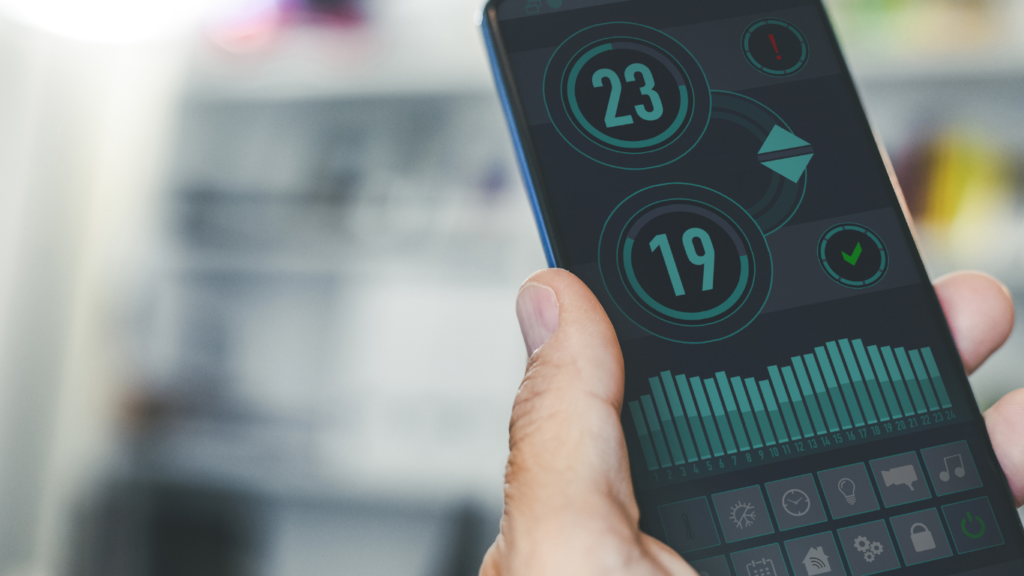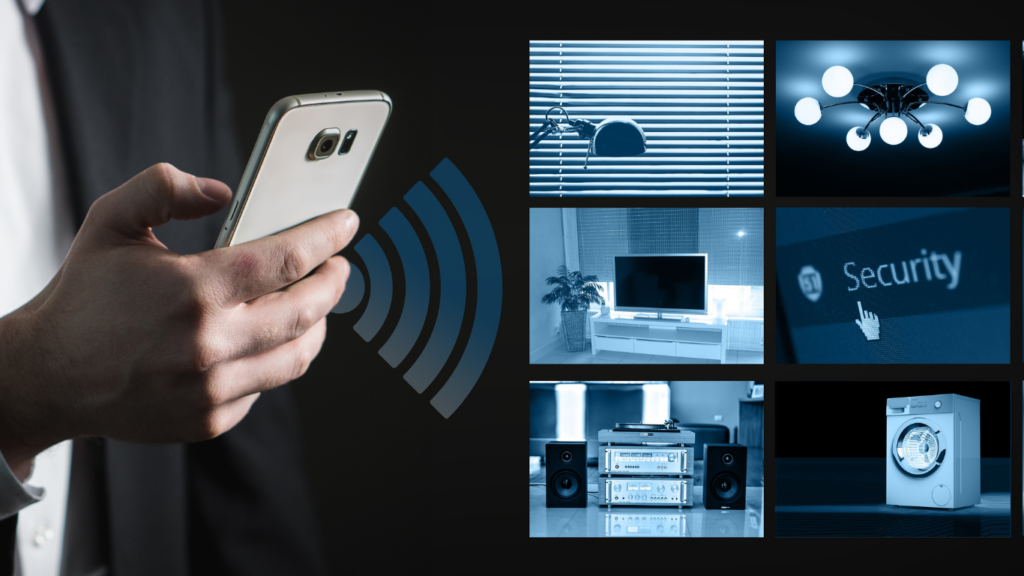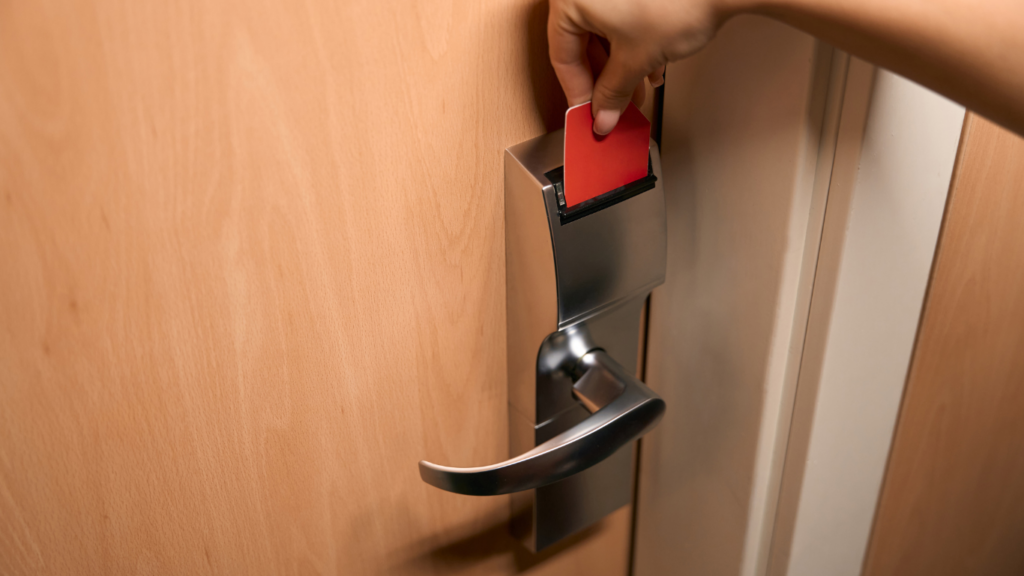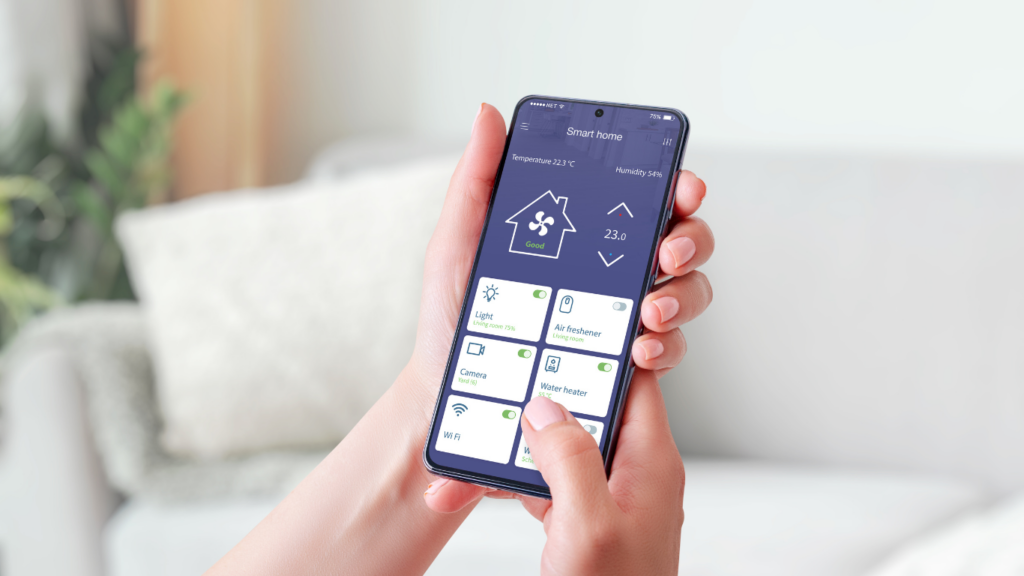Understanding Home Automation
Home automation refers to using technology to control and manage various home appliances and systems remotely or automatically. It involves integrating devices like lights, thermostats, cameras, and speakers to create a connected home ecosystem. In my smart home setup, I’ve found that automation greatly enhances everyday convenience.
Key Components of Home Automation
- Smart Hubs
A smart hub is essential as it serves as the central point connecting all devices. Examples include Amazon Echo, Google Nest Hub, and Samsung SmartThings. These hubs support various communication protocols like Zigbee, Z-Wave, and Wi-Fi, ensuring compatibility among devices.
- Smart Devices
Smart devices perform specific tasks within the home. Common examples are smart lights (Philips Hue), smart thermostats (Nest), smart locks (August Smart Lock), and smart cameras (Ring). Each device communicates with the hub to receive commands and provide real-time data.
- Mobile Apps
Most smart home systems come with a mobile app, enabling users to control devices remotely, receive alerts, and set routines. I use apps like the Apple HomeKit and Google Home, which offer intuitive interfaces for managing my smart home.
Benefits of Home Automation
- Time-Saving
Automated routines reduce manual tasks. For instance, my morning routine includes automated lighting adjustments and coffee brewing, saving me about 15 minutes daily.
- Energy Efficiency
Home automation optimizes energy use. Smart thermostats adjust heating/cooling based on occupancy patterns, while smart lights turn off when rooms are vacant, cutting my electricity bills by 20%.
- Enhanced Security
Automated security features offer peace of mind. Features like scheduled lock/unlock times, motion-detected lighting, and real-time camera monitoring make my home safer.
Setting Up Home Automation
- Choose a Hub
Selecting the right hub depends on the devices you plan to use. I chose Amazon Echo because it supports a wide range of devices and integrates seamlessly with voice commands.
- Connect Devices
Link each smart device to the hub following the manufacturer’s instructions. I found it helpful to label each device clearly during setup to avoid confusion.
- Create Routines
Use the hub’s mobile app to create routines. For example, I set a “Good Night” routine that turns off lights and locks doors at 10 PM. Customization options allow routines to fit specific needs perfectly.
By understanding these fundamentals and carefully selecting components, anyone can create a smarter, more automated home environment.
Key Components of a Smart Home

Understanding the key components of a smart home enhances the automation setup. These components include smart hubs and controllers as well as smart devices and sensors.
Smart Hubs and Controllers
Smart hubs and controllers are crucial for managing a smart home. They act as the central command systems, linking all smart devices and facilitating seamless communication. Examples include Amazon Echo for voice commands and Samsung SmartThings for compatibility with various devices. A good smart hub ensures smooth integration between devices, enhancing user experience.
Smart Devices and Sensors
Smart devices and sensors are integral to home automation. These gadgets perform specific tasks, collecting data and responding to commands. Examples include Philips Hue lights that adjust brightness and color, Nest thermostats for efficient temperature control, and Ring doorbells for security monitoring. Quality sensors, like those detecting motion or temperature, trigger actions without manual intervention, making homes smarter and safer.
Setting Up Automated Routines
Creating automated routines simplifies daily activities and enhances your home’s efficiency. Follow these steps to get started.
Identifying Daily Tasks
Evaluate everyday chores and pinpoint tasks you want to automate. Examples include turning lights on at sunset, adjusting the thermostat before bed, or starting the coffee maker each morning. Focus on repetitive actions to maximize the benefits of automation.
Choosing the Right Automation Tools
Select automation tools that fit your identified tasks. Key tools include smart hubs, which act as central control systems, and specific smart devices. For instance, use Amazon Echo or Google Home as your smart hub, and integrate devices like Philips Hue lights or Nest thermostats. Ensure compatibility between your hub and devices for seamless automation.
Popular Automation Scenarios
Automated routines optimize time and resources, making them a key feature in smart homes. Here are some popular automation scenarios to consider for a smarter home.
Morning Routines
Smart devices can automate morning tasks, enhancing daily efficiency. Use a smart hub to start your coffee machine, turn on lights, and adjust the thermostat. Schedule lights to gradually brighten, simulating a natural sunrise, using Philips Hue bulbs. Set an Amazon Echo to provide weather updates, traffic information, and a news briefing to streamline your morning.
Home Security Routines
Automate home security to ensure safety when you’re away. Program smart door locks like August Smart Lock to lock doors at specific times. Use Ring doorbells to monitor entrances and receive real-time alerts. Integrate motion sensors with security cameras to activate recording when unusual movement is detected. Enable smart lighting to turn on and off at set intervals, deterring potential intruders.
Energy Efficiency Routines
Optimize energy usage with smart automation. Set Nest thermostats to adjust temperatures based on your schedule, reducing energy waste. Program smart plugs to turn off appliances when not in use. Use motion detectors to control lighting in frequently used areas. Sync your smart blinds to adjust based on the time of day, reducing the need for artificial lighting and maintaining optimal indoor temperatures.
Troubleshooting Common Issues
Even the best home automation systems can encounter problems. Here’s how to tackle common issues.
Connectivity Problems
Network Instability: Unstable networks disrupt smart devices. Ensure router firmware is updated and devices are within range. Use extenders to boost signal strength.
Interference: Electronic devices, microwaves, and walls cause Wi-Fi interference. Place the router centrally and away from potential disruptors. Opt for dual-band routers to mitigate this issue.
Device Compatibility Issues
Incompatible Devices: All smart devices don’t always work together. Check compatibility before purchase. Use hubs supporting multiple protocols (e.g., Zigbee, Z-Wave) for broader support.
Firmware Updates: Some devices require the latest firmware to function correctly. Regularly update device firmware using manufacturer apps.
By addressing these common issues, home automation becomes smoother and more reliable.
Future Trends in Home Automation
Emerging technologies in home automation promise to revolutionize smart homes. AI advancements are leading the charge, enabling smart systems to learn and adapt to user habits without manual programming. For example, smart hubs integrated with AI can predict lighting needs based on past usage patterns, optimizing energy consumption and enhancing user convenience.
Voice recognition is another rapidly evolving area. Future smart homes could feature voice-activated systems that understand and execute complex commands across multiple devices more accurately. These systems might recognize individual voices within a household, tailoring responses and actions to each user’s preferences.
Interoperability improvements are set to break down current barriers. Industry standards like Matter aim to ensure that devices from different manufacturers work seamlessly together. This will make it easier for users to integrate various smart devices into a cohesive system, reducing frustration with compatibility and setup issues.
Sustainability-focused innovations are also gaining traction. Future smart home solutions will likely include enhanced energy management systems that not only optimize power usage but also integrate with renewable energy sources like solar panels. For instance, smart energy management systems could automatically switch to solar power when available, reducing reliance on traditional energy grids.
Enhanced security measures are becoming an integral part of home automation advancements. Advanced biometric authentication methods, such as facial recognition or fingerprint scanning, might become standard features of smart locks and security systems, providing higher security levels than traditional methods.
Robotics integration is poised to add new dimensions to smart homes. Robots capable of performing household chores or providing assistance to the elderly and disabled could soon be standard in automated homes. These robots could interact seamlessly with the broader smart home ecosystem, offering users a higher level of convenience.
Keeping an eye on these trends can help users make informed decisions about upgrading their home automation systems, ensuring they stay ahead of the curve in a rapidly evolving landscape.





